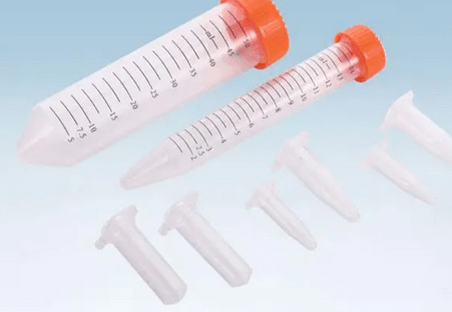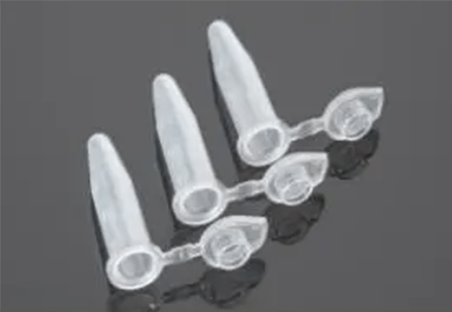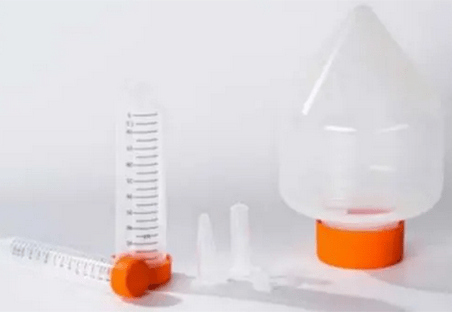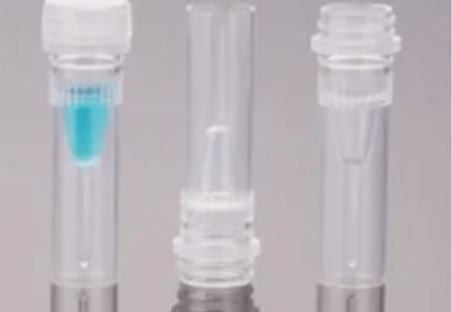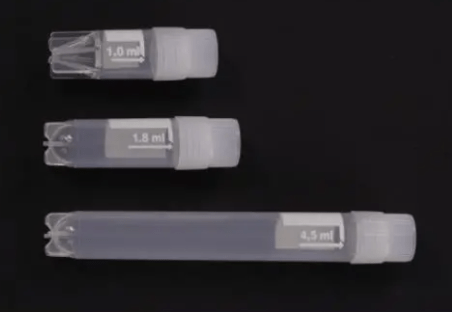Centrifuge tubes are indispensable tools in laboratory settings, utilized for various purposes such as separating substances of different densities, isolating components, and conducting experiments. One crucial aspect in selecting centrifuge tubes is the material they are made of. Glass and plastic are two primary materials employed in centrifuge tube manufacturing, each offering distinct advantages and disadvantages. This article aims to provide a comprehensive analysis of the properties, pros and cons, and applications of glass and plastic centrifuge tubes, aiding in informed decision-making for laboratory professionals.

Properties of Glass and Plastic Centrifuge Tubes
Properties of Glass centrifuge tubes
Glass centrifuge tubes, often made of borosilicate glass, possess a variety of physical and chemical properties that make them suitable for laboratory use:
Physical Properties:
- Transparency: Glass centrifuge tubes are transparent, allowing visual inspection of the contents during centrifugation or analysis.
- Heat resistance: Borosilicate glass, commonly used in centrifuge tubes, can withstand high temperatures without cracking or shattering.
- Durability: Glass centrifuge tubes are relatively durable and can withstand repeated use and sterilization processes.
Chemical Properties:
- Inertness: Glass is generally inert, meaning it does not react with most chemicals, ensuring that the contents remain uncontaminated during centrifugation or storage.
- pH stability: Glass centrifuge tubes are generally stable across a wide pH range, making them suitable for use with acidic, basic, or neutral solutions.
- Corrosion resistance: Glass is resistant to corrosion from acids, bases, and organic solvents commonly used in laboratory applications.
- Chemical resistance: Glass does not react with most chemicals, ensuring that the composition of the sample remains unchanged during centrifugation or storage.
- Non-porous: Glass is non-porous, which prevents absorption or adsorption of chemicals, ensuring accurate analysis and reproducible results.
- Compatibility: Glass centrifuge tubes are compatible with a wide range of laboratory techniques, including centrifugation, heating, and cooling.
Overall, glass centrifuge tubes offer excellent physical and chemical properties that make them indispensable tools in laboratory settings for various applications, including sample preparation, separation, and analysis.
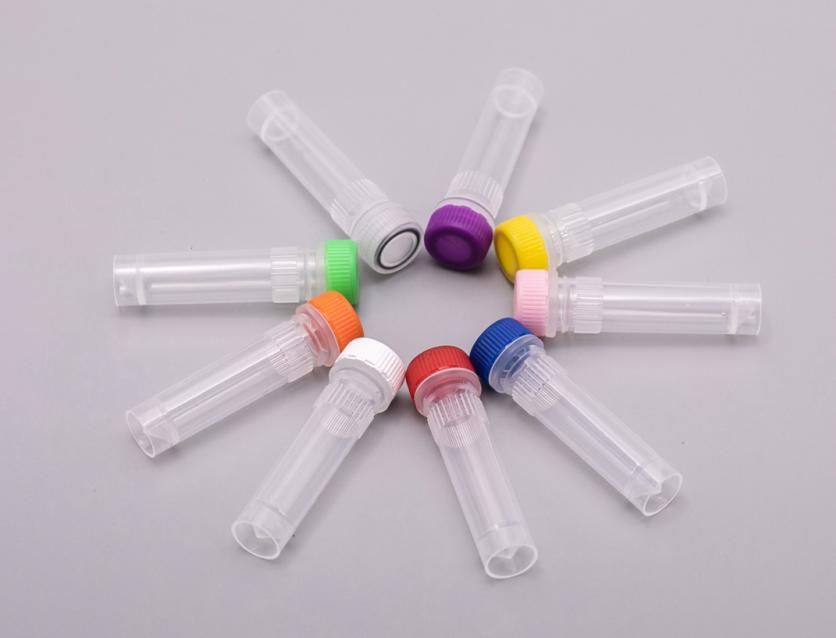
Properties of Plastic Centrifuge Tubes
Plastic centrifuge tubes are commonly made from materials such as polypropylene (PP) or polyethylene (PE). These materials possess a range of physical and chemical properties that make them a suitable tool for laboratory use. Here’s an overview of the physical and chemical properties:
Physical Properties:
- Transparency/Clarity: Plastic centrifuge tubes are usually transparent, allowing for easy visual inspection of the contents.
- Durability: They are generally durable and resistant to breakage, making them suitable for high-speed centrifugation.
- Lightweight: Plastic centrifuge tubes are lightweight compared to glass alternatives, which can be advantageous for handling and shipping.
- Flexibility: These tubes can exhibit a degree of flexibility, which can be helpful when handling and centrifuging.
Chemical Properties:
- Chemical Inertness: Polypropylene and polyethylene are chemically inert materials, meaning they do not react with most chemicals commonly used in laboratory procedures. This property ensures that the integrity of the samples remains intact during centrifugation.
- Non-reactivity: They are typically non-reactive with most chemicals, ensuring that they do not contaminate samples during centrifugation.
- Resistance to Corrosion: Plastic centrifuge tubes are resistant to corrosion from acids, bases, and other corrosive substances, making them suitable for a wide range of applications in the laboratory.
- Temperature Stability: They can withstand a range of temperatures, from cryogenic temperatures to elevated temperatures used in sterilization processes like autoclaving. However, it’s essential to check the specific temperature limits for the material of the centrifuge tube to avoid deformation or melting.
- Hydrophobicity: Polypropylene and polyethylene are hydrophobic materials, meaning they repel water. This property can be advantageous when working with aqueous solutions, as it prevents the tubes from absorbing water and altering the sample volume or concentration.
- UV Transparency: Some plastic materials used in centrifuge tubes, such as certain grades of polypropylene, exhibit transparency to ultraviolet (UV) light, allowing for applications such as UV sterilization or UV spectroscopy.
It’s essential to note that while plastic centrifuge tubes offer many advantages, they may not be suitable for all applications. Certain chemicals or conditions may require specialized materials or precautions to ensure sample integrity and experimental accuracy.
Comparison of Glass vs. Plastic Centrifuge Tubes
The choice between glass and plastic centrifuge tubes often depends on the specific requirements of the experiment or application. Below is a comparison of glass and plastic centrifuge tubes along with their respective pros, cons, and applications:
| Aspect | Glass Centrifuge Tubes | Plastic Centrifuge Tubes |
| Pros | Clarity and Transparency: Glass centrifuge tubes offer excellent clarity, allowing for easy visual inspection of the contents during centrifugation. Chemical Resistance: Glass is resistant to a wide range of chemicals, making glass tubes suitable for use with various solvents and reagents. Heat Resistance: Glass tubes can withstand higher temperatures compared to plastic, allowing for applications involving heat sterilization. Reusable: Glass centrifuge tubes can be sterilized and reused multiple times, reducing long-term costs and environmental impact. | Durability: Plastic centrifuge tubes are more durable and less prone to breakage compared to glass tubes, making them safer to handle. Lightweight: Plastic tubes are lightweight, which can be advantageous when centrifuging large volumes of samples or when transporting tubes. Cost-Effectiveness: Plastic centrifuge tubes are generally more affordable than glass tubes, making them a cost-effective option for laboratories with budget constraints. Variety of Options: Plastic tubes are available in a variety of materials such as polypropylene and polycarbonate, offering compatibility with different centrifugation protocols. |
| Cons | Fragility: Glass tubes are more fragile compared to plastic, making them susceptible to breakage if mishandled. Weight: Glass tubes are heavier than plastic, which may be a consideration for certain applications, especially when centrifuging large numbers of samples. Cost: Initial purchase costs for glass centrifuge tubes may be higher compared to plastic counterparts. | Chemical Compatibility: Some plastic materials may not be compatible with certain chemicals or organic solvents, limiting their use in specific applications. Clarity: Plastic tubes may not offer the same level of clarity as glass tubes, potentially affecting visibility during centrifugation. Limited Reusability: While some plastic tubes are designed for multiple uses, they may degrade over time with repeated sterilization cycles. |
| Applications | High-Temperature Centrifugation: Glass tubes are suitable for applications involving high-temperature centrifugation, such as sterilization procedures. Chemical Compatibility: Glass tubes are ideal for use with harsh chemicals or organic solvents due to their superior chemical resistance. Reusability: Glass tubes are preferred for applications where reusability is a priority, such as in research laboratories aiming to minimize waste and cost. | Routine Centrifugation: Plastic centrifuge tubes are commonly used for routine centrifugation procedures in laboratories due to their durability and affordability. Biological Samples: Plastic tubes are suitable for handling biological samples such as blood, urine, and cell cultures, where breakage risk needs to be minimized. Disposable Applications: Plastic tubes are preferred for applications where disposability is necessary, such as clinical diagnostics or fieldwork. |
In conclusion, the choice between glass and plastic centrifuge tubes depends on factors such as the specific application, budget considerations, and the desired level of durability and chemical compatibility. While glass tubes offer superior clarity and chemical resistance, plastic tubes provide durability, lightweight design, and cost-effectiveness. Understanding the pros, cons, and applications of each type of centrifuge tube is crucial for selecting the most suitable option for laboratory experiments and procedures.
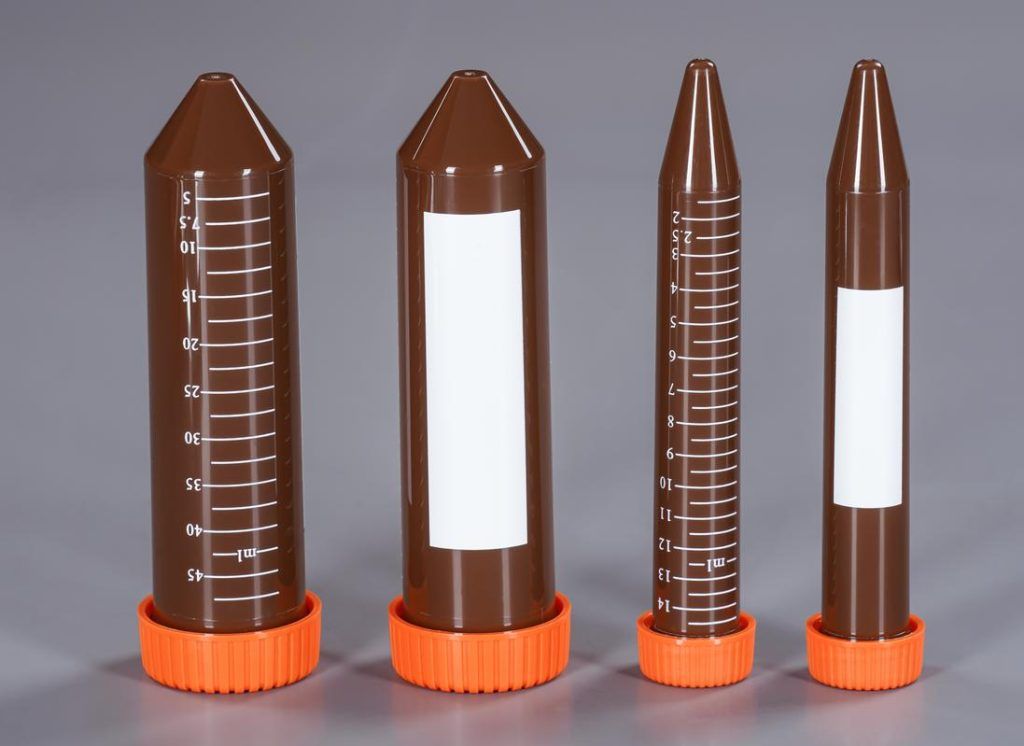
Choosing the Right Centrifuge Tube Material
Choosing the right centrifuge tube material is crucial to ensure optimal performance and safety in laboratory procedures. Here’s a step-by-step guide to help you select the appropriate centrifuge tube material:
- Identify the Application Requirements:
Determine the specific application(s) for which the centrifuge tubes will be used. Consider factors such as centrifugation speed, temperature, chemical compatibility, and sample type.
- Consider Chemical Compatibility:
Evaluate the compatibility of the tube material with the chemicals or solvents commonly used in your experiments. Certain materials may react with specific substances, leading to sample contamination or tube degradation.
- Assess Temperature Requirements:
Determine whether your application involves high-temperature centrifugation or sterilization processes. Some materials, such as glass, are more resistant to heat than others, making them suitable for such applications.
- Evaluate Mechanical Strength:
Assess the mechanical strength and durability required for your experiments. Consider factors like the risk of breakage during handling or centrifugation, especially for sensitive or valuable samples.
- Consider Transparency and Clarity:
Evaluate the importance of visual inspection during centrifugation or sample storage. Transparent materials, such as glass or certain plastics, offer better visibility, which may be essential for monitoring sample separation or sedimentation.
- Assess Cost and Budget Constraints:
Consider your budget limitations and the overall cost-effectiveness of different tube materials. While some materials may have higher upfront costs, they may offer long-term savings through reusability or durability.
- Explore Material Options:
Research and compare the properties of commonly used centrifuge tube materials, such as:
- Glass: Offers excellent chemical resistance, heat resistance, and clarity but is more fragile and expensive.
- Polypropylene: Provides good chemical resistance, mechanical strength, and affordability, suitable for most routine applications.
- Polycarbonate: Offers high clarity, mechanical strength, and resistance to extreme temperatures, making it suitable for specialized applications.
- Polyethylene: Provides flexibility and chemical resistance but may not be suitable for high-speed centrifugation or harsh chemicals.
- Others: Consider alternative materials like fluoropolymers or specialized coatings for specific applications requiring unique properties.
- Seek Expert Advice:
Consult with experienced colleagues, laboratory technicians, or suppliers to gather insights and recommendations based on their expertise and experience with different tube materials.
- Test Compatibility:
If unsure about the suitability of a particular material for your application, perform compatibility tests using small-scale experiments or pilot studies before full-scale implementation.
- Document Your Decision:
Keep records of the chosen tube material, along with the rationale behind your decision, for future reference and quality assurance purposes.
By following these steps and carefully considering the factors outlined above, you can effectively choose the right centrifuge tube material to meet the requirements of your laboratory experiments and procedures.
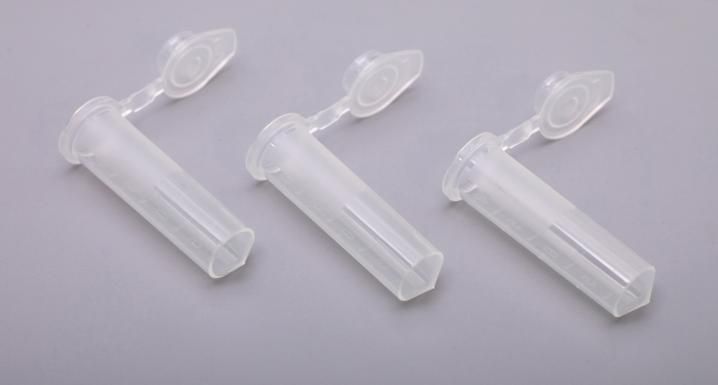
Conclusion
In conclusion, the choice between glass and plastic centrifuge tubes entails a careful evaluation of their respective properties, advantages, and limitations. While glass tubes offer superior chemical resistance and clarity, plastic tubes excel in terms of durability and cost-effectiveness. Researchers must weigh these factors against the specific requirements of their experiments to make informed decisions. Ultimately, both materials have their place in laboratory settings, each catering to different needs and applications in the pursuit of scientific discovery. Scopelab as one of China Centrifuge Tube Supplier, providing you the high quality laboratory consumables, please feel free to contact us of your needs.
